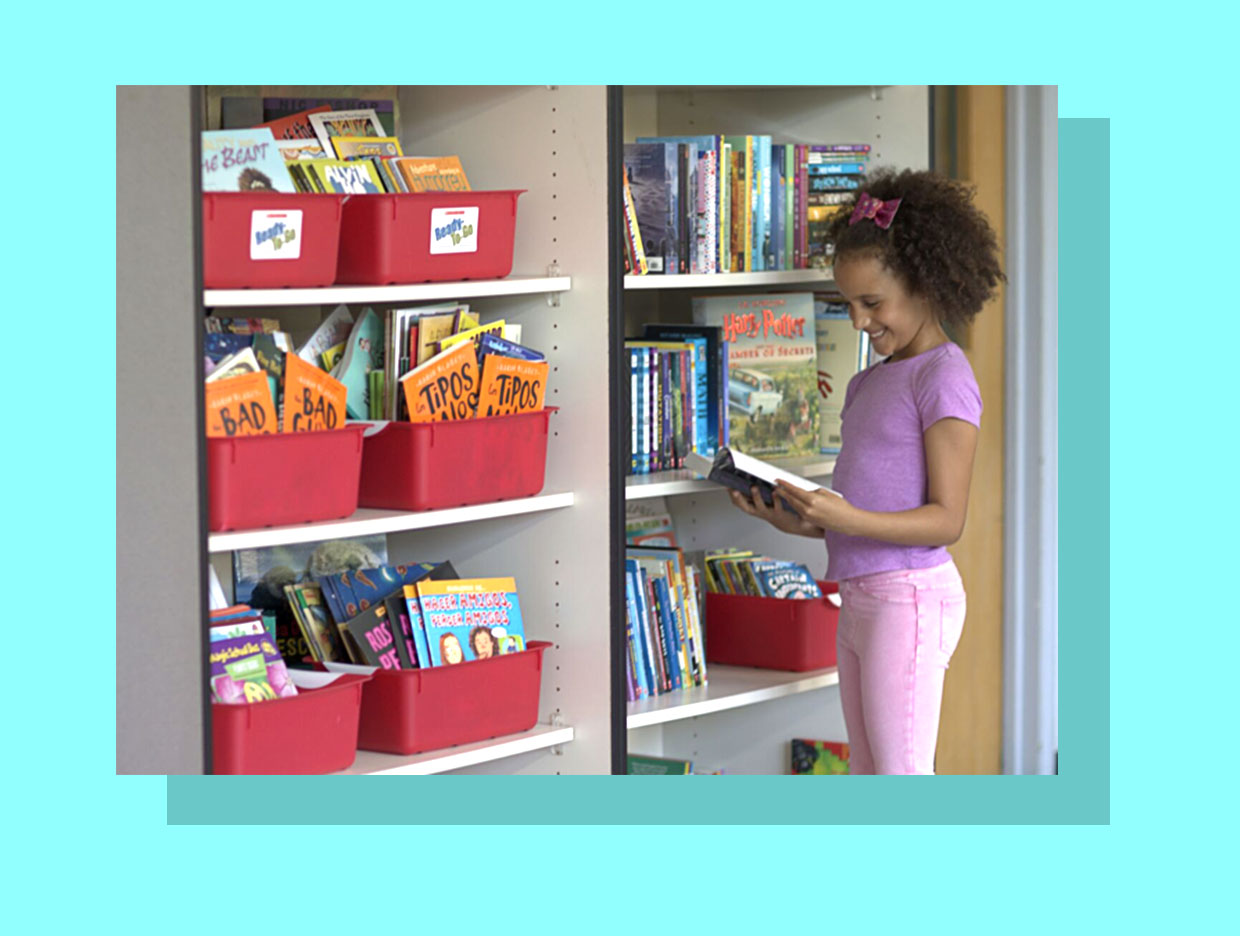How to Be (Even More!) Organized in the Upcoming School Year
With these tips and must-have tools from Scholastic, you’ll stay on top of your to-do list and be even more organized this school year.
For many teachers, classroom organization is often defined by peeling labels, cracked storage bins, and the best intentions of remaining organized all year long. But with these teacher-approved strategies and organization how-tos from Scholastic, you’ll take your organization skills to the next level and ensure your classroom remains orderly and that all your teaching materials are always within reach!
Plus, check out these fun and engaging icebreakers to welcome your students back to school.
How to organize your classroom library.
A well-organized classroom library is just like a bountiful garden. Give it a little attention each day and it will provide you and your students plenty of success when it comes to developing reading skills and promoting literacy. But with so many different organization methods to choose from, you may be wondering which classroom library organization strategy is right for you and your students. These best practices for organizing your classroom library are a great place to start if you want to make your library even more accessible and a space that will inspire independent reading and instill a love of books among your students.
How to source your students’ favorite titles.
Choosing an organization method for your classroom library may be a challenge, but once you decide, you’ll want to ensure your library is stocked with books that will capture your young readers’ attention. These collections of bestsellers by grade level are the perfect addition to the shelves of your well-organized classroom library:
How to organize your guided reading stations.
Guided reading is one of the most effective ways to help all your students become strategic and independent readers who love to read. Of course, well-organized guided reading stations will be key to your students’ success. You’ll want to ensure that all your guided reading materials are easily accessible, but most importantly, you’ll need to sort your books by level. The Scholastic Book Wizard is a valuable to tool for sorting your books quickly and accurately by level. And if you’re looking to add more books to your guided reading collection, check out these guided reading book lists for every level.
When it comes to classroom organization, tackle one section of your classroom at a time. Whether it’s your classroom library, your guided reading stations, or another important feature of your learning space that you’re organizing and updating, don’t forget to invite your students to help with the process. By giving them a stake in the organization process, they’ll be more likely to see the value of classroom organization and will take ownership of their learning space now and in the future. For more classroom organization tools, check out these must-have teacher resources from Scholastic.



